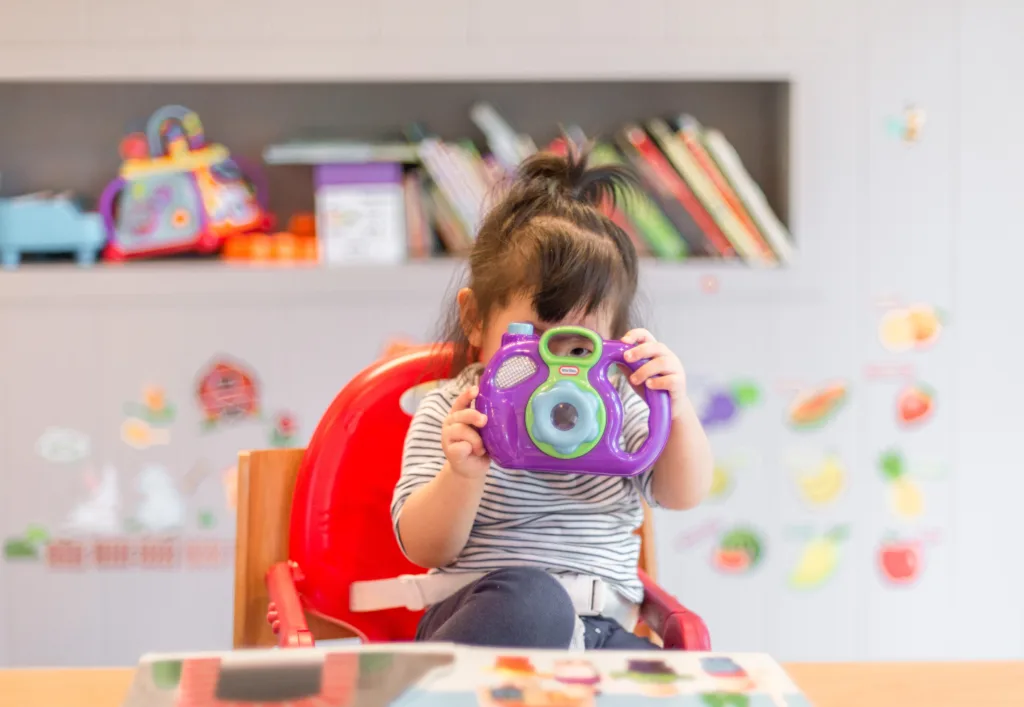The Art Of In-Home Child Care Practice
Table of Contents
As a child development specialist with over 5 years of experience working with children and families, I am often asked by parents whether in-home child care is the right choice for their situation. There are many factors to consider when deciding between in-home care or sending your child to a daycare center. In this article, I will explore the potential benefits and drawbacks of in-home care from my perspective as an expert in early childhood development.
Staying at home also means fewer transitions throughout the day between activities. Children in their own home environment have access to their own toys, books, and routines. This stability and familiarity provides continuity of care that may not be possible in a center-based program with more children and less personalized space. The home setting can feel safer and less overwhelming for small children who are still developing their independence.
In terms of cost, in-home care is often more affordable than center-based daycare. You are paying an individual rather than an organization, so overhead costs are lower. Caregivers set their own rates depending on location and experience level. The trade-off is that you do not have the same backup care or backup caregivers that a center provides. You also lose the socialization opportunities that come from interacting with other children.

Types of In-Home Childcare: How to Choose What's Best for Your Family
1. Nannies
A nanny provides one-on-one care for children in the family’s home. Nannies can work full-time or part-time. They typically care for children from infancy through age four.
The benefits of hiring a nanny include:
- Individualized attention and care
- Flexible schedules
- Lower child-to-caregiver ratio
- Consistency for the child
- Cultural immersion if hiring an international nanny
When hiring a nanny, clearly outline duties, hours, pay, time off, and policies upfront. Conduct background checks and check references carefully. Establish open communication and provide occasional feedback.
2. Babysitters
Babysitters provide short-term, hourly childcare, often on nights and weekends when parents need temporary care. Babysitters are a great option for parents looking for occasional childcare help.
When using a babysitter:
- Verify babysitting experience and check references
- Introduce the babysitter to your child in advance
- Provide all essential information about your child and household rules
- Leave emergency contacts and contingency plans
3. Au Pairs
An au pair is typically a young person from another country who lives with a family for a set period, providing childcare in exchange for room, board, and a weekly stipend. Au pairs generally commit 6-12 months.
Au pairs are a flexible, affordable option if you want live-in care and don’t mind a frequent change of caregiver. Key benefits include cultural exchange, language learning, and flexible scheduling.
Thoroughly research au pair agencies and opt for well-established programs. Also, have a backup plan in case the arrangement doesn’t work out.
4. Family Child Care Providers
Family child care providers care for children in a home-based environment, typically their own. They may care for up to 6 children at a time depending on state regulations. Family child care combines personalized care with social interaction.
Look for licensed, accredited providers with training in child development. Schedule trial days and ask about the daily schedule, credentials, backup care plans, and discipline approaches to find the best fit.
5. Choosing the Best In-Home Childcare
When exploring your options, consider factors like your budget, schedule needs, child’s age and personality, desired caregiver qualifications, and parenting philosophies.
Prioritize licensing, training, CPR certification, and background checks no matter what option you choose. Check references thoroughly and interview candidates to find someone you and your child feel comfortable with.
With the right caregiver in place, you can feel at ease knowing your child is safe, engaged, and cared for when you can’t be there. Reach out if you need guidance finding the best in-home childcare solution for your family!

Record-keeping and Communication are Key for In-Home Child Care Providers
As an in-home child care provider, maintaining accurate records and communicating regularly with parents is essential. Proper documentation and updates help ensure the safety, well-being and development of each child in your care. It also builds trust with families and demonstrates your professionalism.
Daily Reports
I provide each family with a daily report on their child’s activities, meals, naps and any notable behaviors or milestones. This takes about 5-10 minutes at the end of the day to complete. I use a simple form that includes spaces for the time, any activities/toys the child engaged with, approximate intake for bottles/snacks and the duration/times for naps. Any accidents, illnesses, medications administered or social/emotional developments are also noted.
Parents have told me these daily reports help them feel connected to their child’s day, even when they are at work. It also allows them to discuss their child’s experiences with them in the evenings. Does providing daily reports help build trust and communication with families in your program? Yes, daily reports are very helpful for keeping parents informed and engaged about their child’s day.
Activity Logs
In addition to daily reports, I keep a monthly activity log planning out themes, activities, field trips and any special events well in advance. This helps me be organized and prepared with age-appropriate materials and lessons. It also gives parents a window into our planned curriculum and learning opportunities for the month ahead. When reviewing with families, it often sparks ideas for activities they can continue at home. Do you also find maintaining an activity log is beneficial for planning and communicating with parents? Yes, having an activity log is very beneficial.
Parent Conferences
Formal parent conferences are held twice yearly, around each child’s birthday. This provides an opportunity for in-depth discussions about developmental progress, strengths, areas for improvement and goal setting. Conferences follow a similar format each time, with reviews of assessment tools like developmental checklists, portfolios of the child’s work and observations. Feedback from families is also solicited.
FOR MORE VALUABLE TIPS BUY OUR PARENTING COURSES https://www.kidzoot.com/courses/
CONSULT YOUR PERSONAL PARENTING SOLUTIONS VIA APPOINTINTMENT AT https://www.kidzoot.com/appointment-booking/
Follow Us on Twitter www.twitter.com/kidzootworld

